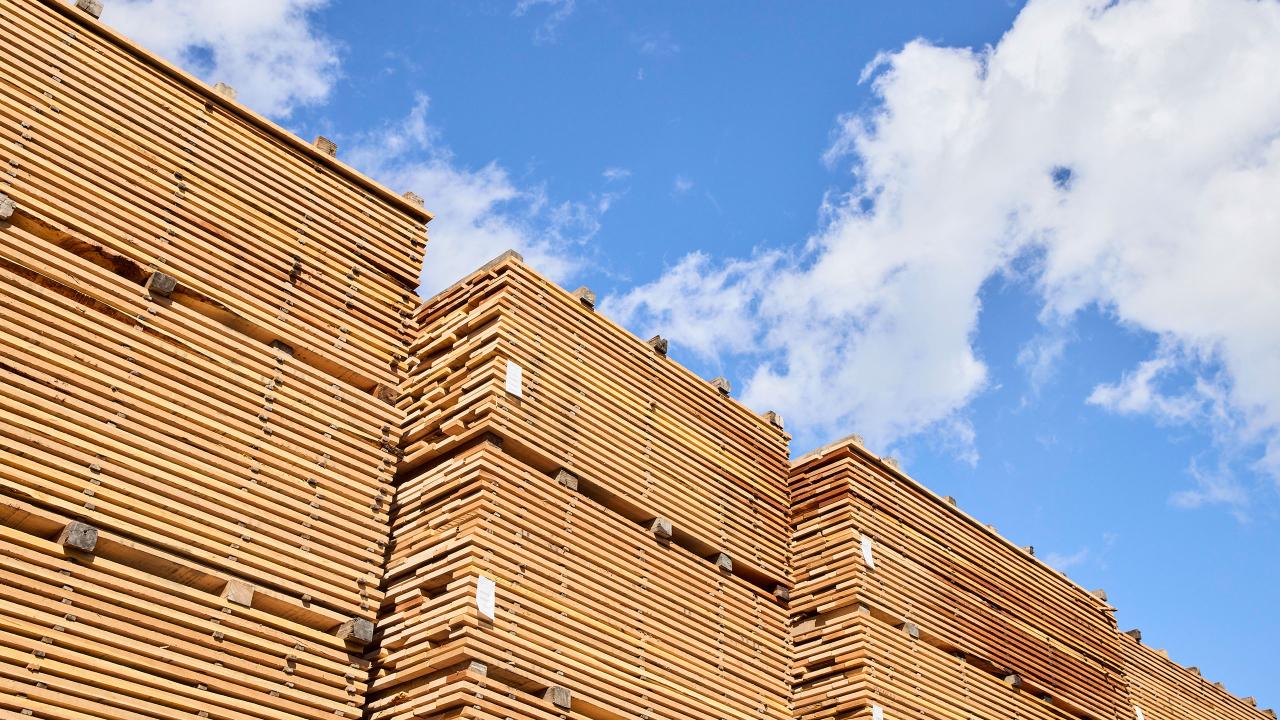B: U.S. hardwood exporters avoid illegally sourced hardwood
Key points
-
U.S. hardwood exporters take steps to ensure that hardwood is sourced legally.
-
Incidences of timber theft/trespass are monitored and assessed.
-
Timber ownership rights are well established.
-
Procedures are well established for resolving contract disputes.
-
The U.S. has effective governance and rules that are enforced.
-
There is a low perception of the occurrence of corruption.
-
A risk assessment of sources of supply is available to identify the level of risk of illegal logging or controversial, uncontrolled sources.
Key facts
-
In the United States, illegal logging is mainly associated with timber theft and timber trespass. Overall, a negligible percentage of hardwood production is affected.
-
Timber theft is not always reported, but usually involves a small number of trees. Major incidences are generally reported to law enforcement and investigated.
-
Over 90 percent of U.S. hardwood supply is sourced from privately owned forestlands.
-
States are proactive in addressing timber theft and its causes (e.g. poorly marked property lines and cutting boundaries).
-
Landowners can seek redress with assistance of law enforcement and/or the courts.
-
State laws adequately address and enable prosecution of timber crimes.
-
Comprehensive federal and state laws regarding water quality, endangered species, and other environmental protections are in place and enforced.
-
The US ranks high in World Bank Governance Indicators. The US also ranks high in terms of low perception of corruption according to Transparency International.
-
The Seneca Creek Associates 2017 study provides a comprehensive risk assessment of sourcing from the US hardwood region.
Detail
Seneca Creek 2017 Assessment, Section 5.1–5.7: An updated review of the literature, available data, and other sources of information indicates that the extent of timber theft has not changed appreciably since the earlier 2008 analysis. While timber theft is a significant and consequential problem for affected landowners, the volume of U.S. hardwood production that may be illegally obtained is very low relative to production, almost certainly less than one percent across the hardwood region, notwithstanding some estimates posted on websites to the contrary. The nature of the problem tends to be localized and almost always involves small, local operators. Given the nature of the businesses involved in export, the volume of potentially stolen U.S. hardwood that enters the export market is likely negligible.
Seneca Creek 2017 Assessment Finding 2: Based on an examination of pertinent data, we conclude that all states in the U.S. hardwood-producing region can be considered Low Risk of sourcing illegal hardwoods per the requirements of the EU Timber Regulation, the Australia Illegal Logging Prohibition, Japan’s Goho program, and the due diligence and risk assessment requirements of the certification programs (FSC®/SFI®/PEFC®) operating in the United States.
Seneca Creek 2017 Assessment Finding 7: Illegal logging in the U.S. context most commonly involves timber theft and/or trespass on private and public lands. While timber theft is a pernicious crime that can cause serious economic harm to an affected landowner, the amount of stolen timber across the hardwood region is very low relative to total hardwood production. Stolen wood very likely represents a negligible volume in the mix of hardwood products exported, almost certainly less than one percent. The most [Section 5]
Seneca Creek 2017 Assessment Finding 8: Since 2008, several states have further strengthened enforcement capability and/or increased penalties for crimes involving timber theft. [Section 5]
Seneca Creek 2017 Assessment Finding 9: Since 2008, the amended U.S. Lacey Act has strengthened U.S. law and regulation with respect to illegal sourcing of wood materials. [Section 2]
Seneca Creek 2017 Assessment Finding 10: We are highly confident that national and state laws that apply to the hardwood sector are effective and enforced. [Sections 6, 7, 11; Appendix D]
Seneca Creek 2017 Assessment Finding 11: The international engagement by the United States, and its strong domestic legal framework for enforcing and prosecuting against illegally traded wood products (made stronger since 2008), further mitigates the risk of U.S. hardwood products originating from illegal sources. [Section 2]
Seneca Creek 2017 Assessment Finding 12: The sourcing of U.S. hardwoods is almost entirely from privately-owned forestland. Private lands account for approximately 92 percent of U.S. hardwood production. Of the land in private ownership in the hardwood region, 65 percent is owned and managed by approximately 9.4 million family forest owners (nearly 11 million for the U.S. as a whole). The average holding is just over 9 hectares. [Section 3]
Seneca Creek 2017 Assessment Finding 13: The rights of timber ownership are well-established and protected in the United States. Landowners can make independent decisions about how their land is managed and used. Most U.S. forest landowners own and manage their forestland for reasons other than timber production. [Section 3]
